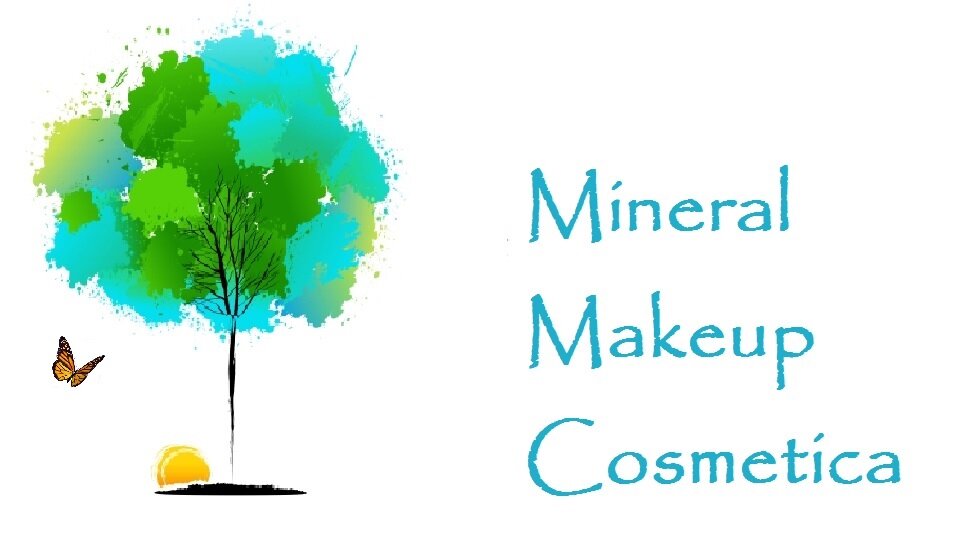Who decides what is organic makeup?
>Home Page >>Organic Cosmetics >>> Organic Makeup
(The breadcrumb menu tells you how deep you are in a particular subject. Use it as a guide to see where you are. Underlined links are clickable. To the right of this message (Mobile - see end of page) there is a Site Map and Search Icon. If you ever feel totally lost, search for your word or get a site overview)
To call your product organic makeup, you have to certify that your ingredients meet a set of criteria defined by an organic certifying body. Presently, there is no global standard that defines this criteria.

COSMOS - Cosmetics Organic Standard
To further homogenise organic standards and compliance, the Soil Association (UK) + BDIH (Germany) + Ecocert (France) + ICEA (Italy) have combined to set-up an integrated organic certification scheme called the Cosmetics Organic Standard (or COSMOS)
One of the ideas of COSMOS was to create and define legal standards for organic makeup and cosmetics. Because organic criteria are presently so loosely defined, it is possible to find organically labelled products in our stores that contain organic ingredients of only 1%.
In March 2011, COSMOS certified products became available in European stores.
Ecocert and Soil Association's criteria are presently as follows
With Ecocert there are 2 levels of labelling :
A minimum threshold of natural ingredients from organic farming to be reached to obtain certification.
Natural and Organic Cosmetic Label
- A minimum of 95% of all plant-based ingredients in the formula and a minimum of 10% of all ingredients by weight must come from organic farming.
Natural Cosmetic Label
- A minimum of 50% of all plant-based ingredients in the formula and a minimum of 5% of all ingredients by weight must come from organic farming.
Soil Association has 3 levels of labelling :
- Products that contain 100% organic ingredients.
- Products that are made with 95% organic ingredients - allowing up to 5% of synthetic ingredients from a restricted list.
- Products that contain between 70% and 95% organic ingredients and the actual percentage is declared on the label.
Soil Association labelling examples
|
|
Courtesy : www.soilassociation.org
As COSMOS appears to be the new leading authority that represents the most amount of countries in the world, this article will be focused on the organic criteria of this institution. This information is only intended as a guide for you.
If you wish, you can download the full Organic Makeup Cosmos Standard here.
It is certainly not the global authority but the information here will allow you to make comparisons of organic products wherever you may be in the world.
The purpose of this website is to inform you with useful information to allow you to make educated choices that are in the best interests of you and your family.
For organic makeup, COSMOS follows the Precautionary Principle. This principle means that when there is scientific evidence that an ingredient, technology or process could pose a health or environmental risk, then the precautionary principle will be applied and it will not be allowed.
Presently, the Precautionary Principle concerning organic makeup forbids the following
- Nano-materials
- Genetically modified organisms (GMOs)
- Irradiation
- Animal testing
Organic cosmetics is defined by the following 5 categories
- Water
- Minerals and ingredients of mineral origin
- Physically processed agro-ingredients
- Chemically processed agro-ingredients
- Other ingredients
1. Water
Water used must comply with hygienic standards (CFU less than 100/ml) and may be :
- potable water
- spring water
- water obtained by osmosis
- distilled water
- sea water
2. Minerals and ingredients of mineral origin
Minerals may be used as long as they are pure and natural and preferably from environmentally sound extraction processes. The list of these minerals is listed here.
3. Physically processed agro-ingredients
Allowed physically processed products of plant, animal, or microbial origin that complies with the following conditions :
- Only primary raw materials of plant, animal or microbial origin that have been extracted using the physical processes listed by COSMOS are allowed.
- Only primary raw materials that respect the requirements of the Convention of International Trade in Endangered Species of Wild Fauna and Flora (CITES) are allowed.
It is forbidden to use:
- plants or plant materials that have been genetically modified.
- primary raw materials extracted from living or slaughtered animals.
Animal origin ingredients may be used only if :
- they are produced by animals but are not a part of the animal .
- they have been obtained using only the processes listed here.
- they come from animals whose welfare has been protected.
Next Page
Have Your Say
Help to keep it real.
Constructive comments about your experiences and opinions will go a long way to helping all of us.
|
Home |
Magazine |
|
Site Map |
Search |
|
Latest Pages |
RSS Setup |
|
Google+ Home |
Facebook Home |
|
Twitter Home |
Pinterest Home |
|
Help |
Downloads |
|
Contact Us |
About Us |

For the sake of a safer user and advertiser ecosystem, this website is Google Ad Free


 More on Cosmetics
More on Cosmetics
